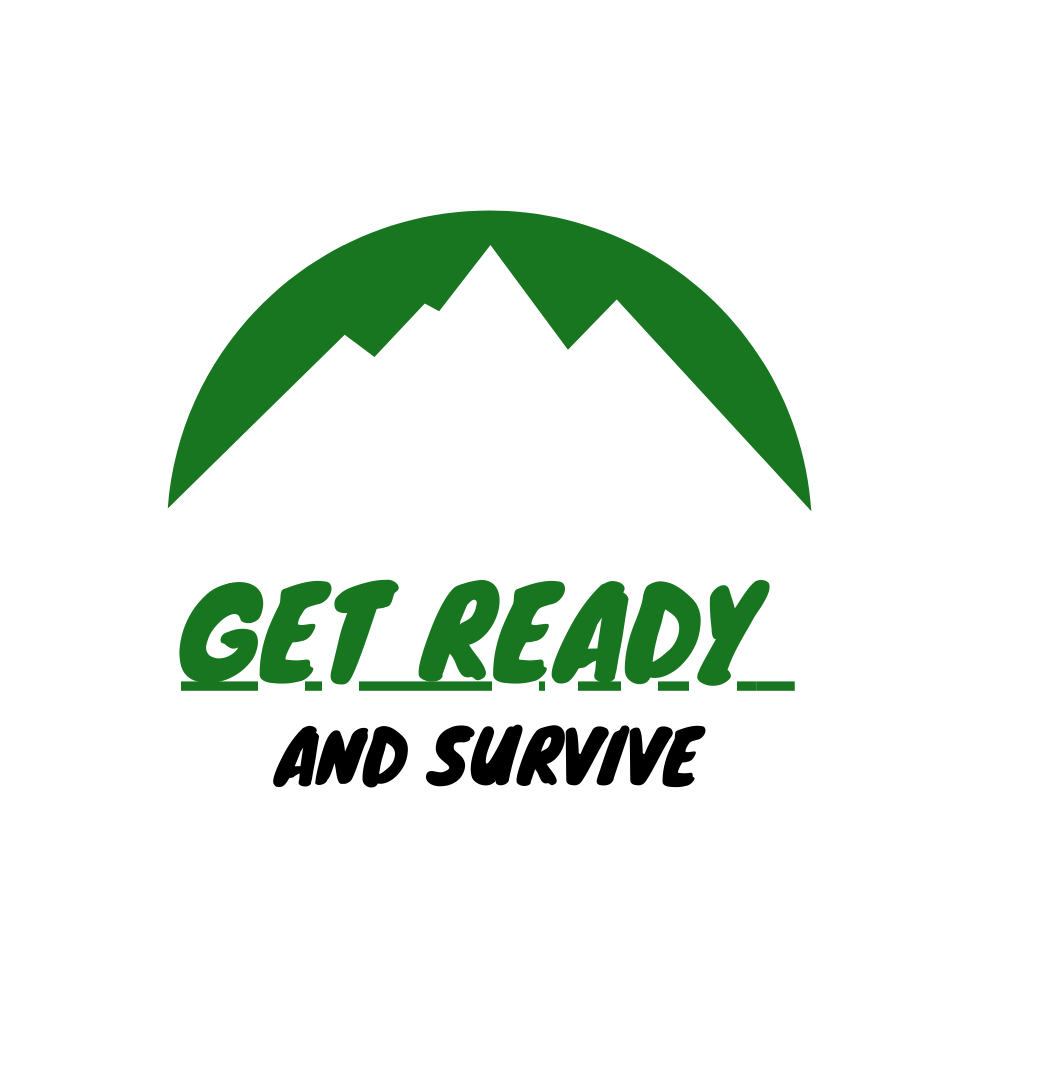Foraging for wild mushrooms can be an incredibly rewarding experience. There's a thrill in finding these hidden gems among the leaves and trees, and when prepared properly, wild mushrooms can add rich flavors to your meals. But with so many varieties, it’s essential to be cautious, as some mushrooms are poisonous and can be mistaken for edible ones. So, how can you confidently pick mushrooms you can eat in the forest?
Here’s a comprehensive guide on how to identify edible mushrooms while staying safe in the process.
1. Educate Yourself on Mushroom Identification
Before heading into the forest, it’s crucial to learn about the mushrooms in your area. Some mushrooms are common and relatively easy to identify, while others can be more tricky and require experience. Start by studying some common edible mushrooms, such as:
- Morels (Morchella spp.): These mushrooms have a distinctive honeycomb-like appearance and are highly prized for their flavor. However, they should only be eaten cooked, as they can be toxic when raw.
- Chanterelles (Cantharellus spp.): Known for their trumpet shape and bright yellow or orange color, chanterelles are often found in wooded areas.
- Porcini (Boletus edulis): A robust, thick-stemmed mushroom with a brown cap, porcini is a favorite in Italian cuisine.
It’s essential to reference a reliable field guide or use apps designed for mushroom identification. These tools can help you verify whether the mushroom you find is safe to eat.
2. Learn Key Features for Identification
Mushrooms come in all shapes, sizes, and colors, but there are specific features you should look for to help you identify whether a mushroom is edible or toxic. Here are some of the key aspects:
- Cap Shape & Size: Some mushrooms have flat, convex, or even bell-shaped caps. Note the texture and color as it can help with identification.
- Gills: The gills are the underside of the mushroom cap. Edible mushrooms may have gills that are free (not attached to the stem) or notched.
- Stem Characteristics: Pay attention to the stem size, color, and texture. Some edible mushrooms, like the porcini, have thick, solid stems, while others have thin, fragile ones.
- Spore Print: Taking a spore print can help you identify the mushroom’s family. Simply place the mushroom cap, gills facing down, on a piece of white paper for several hours. The color of the print can help distinguish between species.
3. Use a “Poisonous Look-Alike” Checklist
Many edible mushrooms have toxic look-alikes, so you must be able to differentiate between the two. For instance:
- The False Morel (Gyromitra spp.): It resembles the edible morel but has a lobed cap and a toxic structure. These can cause severe illness and even death if consumed.
- Amanita Mushrooms (Amanita spp.): Some Amanita species, like the deadly Amanita phalloides (death cap), can look similar to edible varieties. These mushrooms are particularly dangerous because they are highly toxic and can cause irreversible liver and kidney damage.
Always check for distinguishing features, such as a ring on the stem or a volva (a bulbous sack at the base of the stem) on certain mushrooms like the Amanitas. If you’re unsure, never eat a mushroom!
4. Consider Season and Habitat
Mushrooms grow in specific environments and seasons, so knowing when and where to find them increases your chances of foraging safely. For example, chanterelles tend to grow in the summer and fall in damp, wooded areas, while morels are found in springtime. Mushroom species also have favorite habitats, such as forest floors, grassy meadows, or mossy logs.
5. Trust the “Golden Rule” – When in Doubt, Don’t Eat It
Foraging is a rewarding hobby, but safety comes first. If you’re unsure about the identity of a mushroom, don’t risk it. It’s always better to leave a suspicious mushroom behind than to take a chance on something that might harm you. Some mushrooms can cause severe reactions even after being cooked. It’s recommended to never eat a mushroom if you have any doubts.
6. Start Small and Only Eat One Type at a Time
If you’re new to mushroom foraging, start by gathering only one variety of mushroom at a time. Eating a variety of mushrooms on your first foraging trip can lead to confusion in the event of an allergic reaction. Eat just a small amount of a new mushroom species at first, as some people might have allergic reactions to even edible types.
7. Use the Help of an Expert
When you’re starting out, it’s a great idea to go foraging with someone who has experience. There are often foraging groups, classes, and guided tours you can join. An expert can show you the key identifying features of different mushrooms and teach you how to spot the dangerous ones.
8. Be Aware of Local Regulations
Many areas have regulations about wild mushroom foraging, including limits on how many you can harvest. Make sure you check the local rules before you head out to forage. In some national parks or protected areas, foraging may be restricted or prohibited to preserve the ecosystem.
9. Know the Symptoms of Mushroom Poisoning
Despite your best efforts to be careful, accidents can happen. It's essential to recognize the signs of mushroom poisoning. Symptoms can range from mild stomach discomfort to severe liver and kidney failure. If you experience nausea, vomiting, diarrhea, dizziness, or confusion after eating wild mushrooms, seek medical help immediately.
Final Thoughts
Mushroom foraging is an exciting and educational outdoor activity, but it requires patience, knowledge, and caution. By following the tips outlined above—educating yourself, learning to identify key features, and always erring on the side of caution—you can confidently enjoy foraging for edible mushrooms while staying safe in the process. Remember, when in doubt, it’s best to leave the mushroom behind rather than take unnecessary risks!
Happy mushroom hunting, and stay safe out there in the wild!


